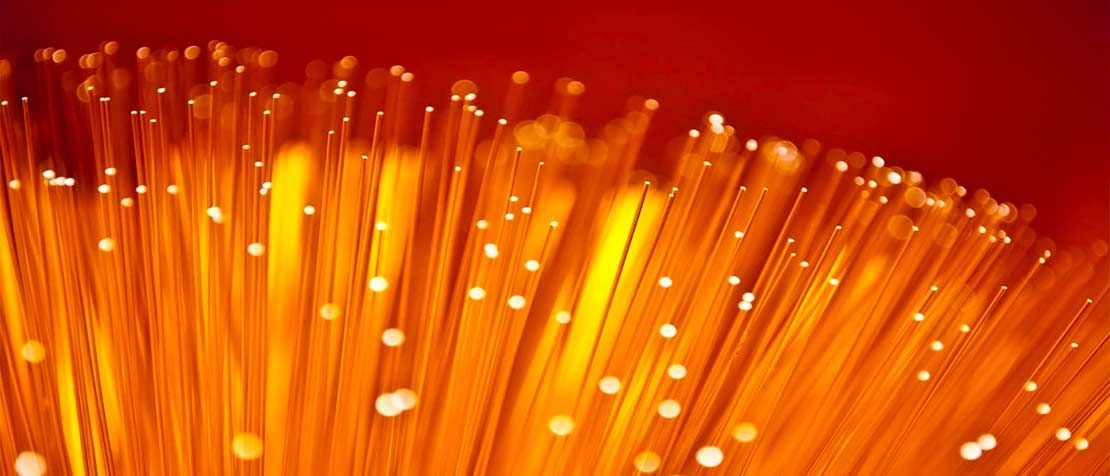
ITU standards enhance capabilities of the Optical Transport Network
The latest updates to the ITU G.709 series enhance the Optical Transport Network (OTN) with new capabilities including an option for stronger forward error correction (FEC) for long-reach interfaces and additional security for short-reach interfaces.
ITU G.709 standards are developed by ITU-T Study Group 15 (Transport, access and home).
A revision to ITU G.709.3/Y.1331.3 “Flexible OTN long-reach interfaces” adds a stronger FEC option for 100, 200 and 400 Gbit/s Flexible OTN (FlexO) 450km-reach interfaces.
The revision also provides for the direct multiplexing of different OTUCn signals into the FlexO payload area, “a shift from providing the physical layer for a single OTUCn,” says Steve Gorshe, Microchip Technology, Rapporteur for the responsible working group (Q11/15).
ITU G.709.1/Y.1331.1 (Amendment 2) “Flexible OTN short-reach interfaces” provides additional FlexO security with encryption and authentication for FlexO links.
The updates to the ITU G.709 series follow a key extension to OTN technology in ITU G.709.4 “OTU25 and OTU50 short-reach interfaces”, a new ITU standard designed to support IMT-2020/5G transport also developed by the Q11/15 working group. Read more about the latest ITU standards for 5G transport.
ITU G.709.4 defines nominally 25 and 50 Gbit/s OTN interfaces optimized for carrying Ethernet 25GBASE-R and 50GBASE-R client signals.
“These are the rates becoming popular in 5G radio access networks,” says Gorshe. “The ITU G.709.4 interfaces make it much easier for carriers to continue to base their radio access networks on OTN technology.”
An informative appendix to ITU G.709.4 also defines lower-rate OTN interfaces that operate at the same rates as Ethernet 25GBASE-R and 50GBASE-R signals, enabling the use of these OTN interfaces for applications where a network operator desires direct reuse of Ethernet optical modules.
Learn more about ITU-T Study Group 15
The international standards developed by ITU-T Study Group 15 define networks, technologies and infrastructures for transport, access and home.
For all working groups (‘Questions’), see list of Questions and Rapporteurs.
To learn more about ITU-T Study Group 15, contact tsbsg15@itu.int.
- Executive Summaries of past SG15 meetings
- All ITU standards under development in SG15
- All ITU standards under SG15 responsibility
